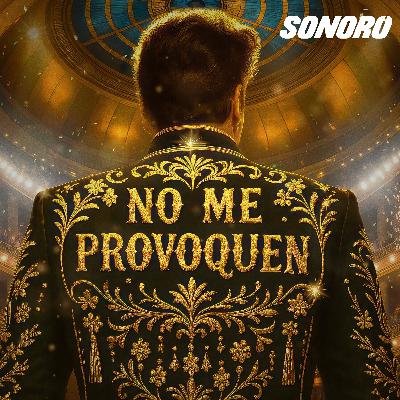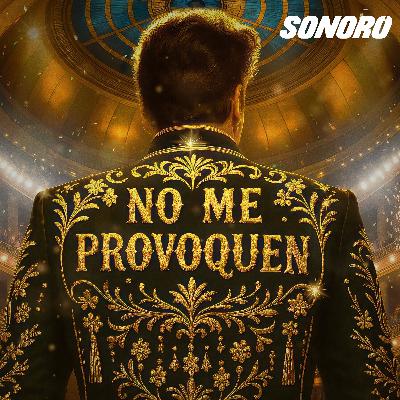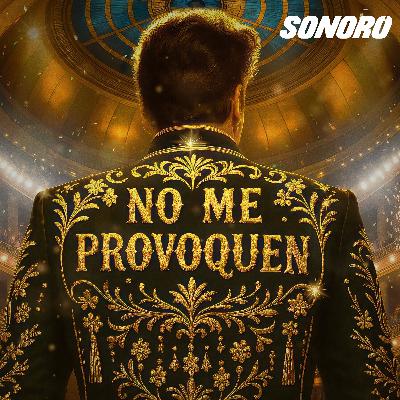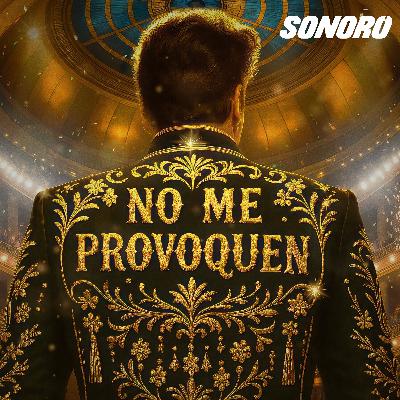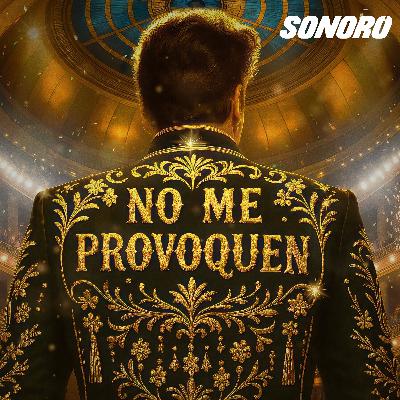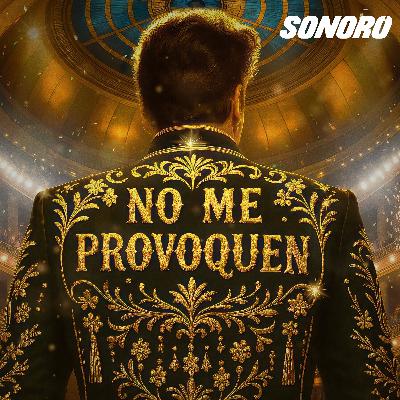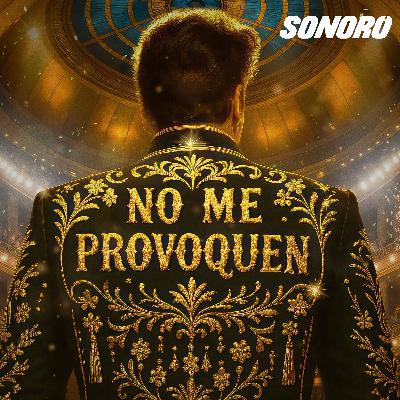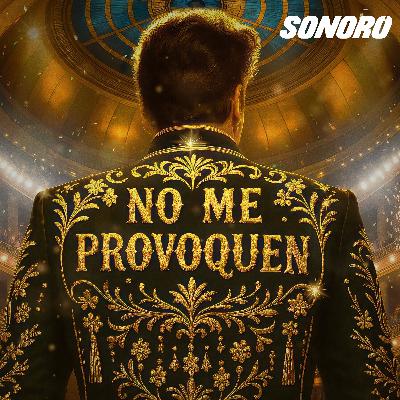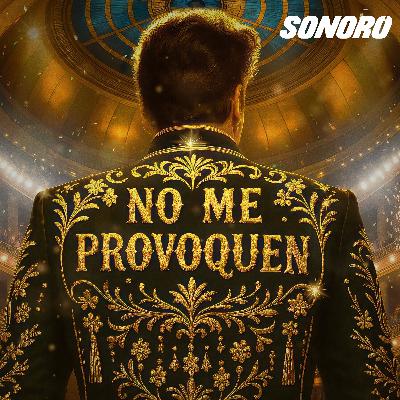No me provoquen: Breaking the Palace
Subscribed: 482Played: 774
Subscribe
© 2025 Sonoro
Description
No Me Provoquen: Breaking The Palace es el testimonio de la mujer que logró lo impensable: llevar a un artista moreno y popular a un palacio blanco y conservador.
En 1990, una funcionaria cultural presenció el fenómeno de Juan Gabriel en un palenque y decidió trasladar esa “locura colectiva” al Palacio de Bellas Artes. Este podcast narra la inédita serie de obstáculos y crisis que enfrentó para producir el legendario primer show de Juanga en el Palacio —un evento que en su momento fue tachado como “un atentado contra la pureza del arte”, pero que con el tiempo se consagró como una de las presentaciones más emblemáticas de la música en México.
Escucha esta producción original de Sonoro, con testimonios exclusivos de quienes hicieron posible el baile más sabroso que ha vivido Bellas Artes.
No Me Provoquen: Breaking The Palace is the testimony of the woman who achieved the unthinkable: bringing a dark-skinned, wildly popular artist to a white, conservative palace.
In 1990, an arts official witnessed Juan Gabriel's electrifying performance at a rural venue and became determined to bring Mexico's most beloved artist to its most elite stage. This podcast reveals her relentless fight against institutional prejudice, bureaucratic roadblocks, and production disasters to stage what was once dismissed as "an assault on pure art" but became one of the most iconic concerts in Mexican history: Juan Gabriel en Bellas Artes. An original Sonoro production featuring exclusive accounts from the people who made history the night Mexico's high culture learned to let loose.
Listen to this original production from Sonoro, featuring exclusive testimonies from those who made possible the most joyful dance the Palace of Fine Arts has ever seen.
En 1990, una funcionaria cultural presenció el fenómeno de Juan Gabriel en un palenque y decidió trasladar esa “locura colectiva” al Palacio de Bellas Artes. Este podcast narra la inédita serie de obstáculos y crisis que enfrentó para producir el legendario primer show de Juanga en el Palacio —un evento que en su momento fue tachado como “un atentado contra la pureza del arte”, pero que con el tiempo se consagró como una de las presentaciones más emblemáticas de la música en México.
Escucha esta producción original de Sonoro, con testimonios exclusivos de quienes hicieron posible el baile más sabroso que ha vivido Bellas Artes.
No Me Provoquen: Breaking The Palace is the testimony of the woman who achieved the unthinkable: bringing a dark-skinned, wildly popular artist to a white, conservative palace.
In 1990, an arts official witnessed Juan Gabriel's electrifying performance at a rural venue and became determined to bring Mexico's most beloved artist to its most elite stage. This podcast reveals her relentless fight against institutional prejudice, bureaucratic roadblocks, and production disasters to stage what was once dismissed as "an assault on pure art" but became one of the most iconic concerts in Mexican history: Juan Gabriel en Bellas Artes. An original Sonoro production featuring exclusive accounts from the people who made history the night Mexico's high culture learned to let loose.
Listen to this original production from Sonoro, featuring exclusive testimonies from those who made possible the most joyful dance the Palace of Fine Arts has ever seen.
19 Episodes
Reverse
Comments




